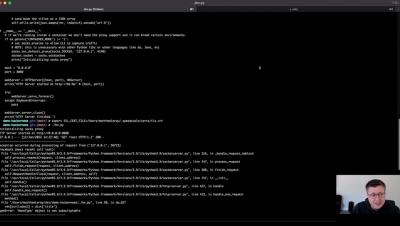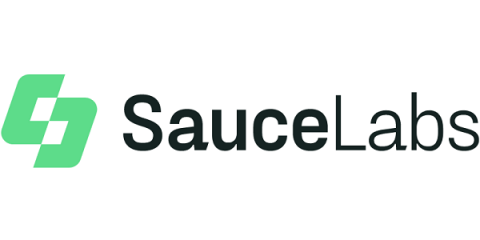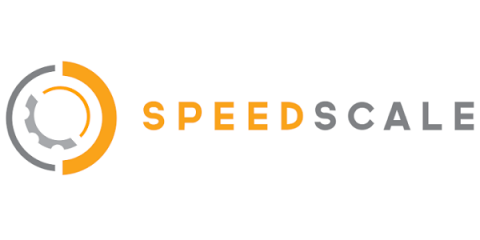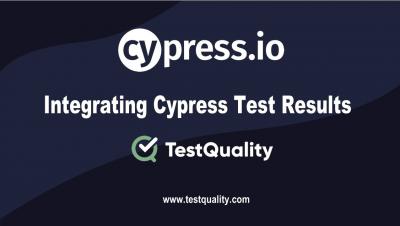Systems | Development | Analytics | API | Testing
Testing
The latest News and Information on Software Testing and related technologies.
Speedscale CLI - Python Example
Some websites are just too slow...
Have you ever entered a website and realized how slow things move, you just click a button and you have time to do something else until the requested action is finished. Sometimes I enter on this kind of websites with the idea to purchase their product or service, but when the things move so slow, I start to ask myself, do I really wanna purchase this or shall I find another competitor or website offering the same product.
How To Check If Your Test Is Ready To Be Run
When starting to work with a tool like Loadero, there can be many unknowns and things that need to be explored, before you can properly achieve your appointed goals for testing. If you are working on the first test, it’s a good idea to follow our step-by-step guide to configuring a test and check out Loadero’s documentation if something is unclear.
Automated Testing: The Good, the Bad, and the Ugly
Any software application must work properly, generate the right results, satisfy stakeholders, and fit into the organization's overall objectives. Automated testing can help. It may sound easy, but we all know that achieving all of the above takes a lot of effort. Can we take a shortcut without compromising quality or causing costs to explode?
Golang Testing Frameworks for Every Type of Test
While Go provides a testing package and a go test command, the former only offers basic testing capabilities. The package also has some drawbacks, such as missing assertions and increasing repetition with large-scale tests. As a result, several Go testing frameworks have been created to augment it. Go testing frameworks consist of tools and resources for creating and designing tests. Some of these frameworks incorporate the testing package and go test command, while others take a different approach.
A Detailed Comparison of UI Testing Tools and What to Look For
The goal of user interface (UI) testing is to verify that: However, most software testing tools either test the appearance of the application or the functionality—few tools do both well. To test functionality, most automated software testing tools primarily interact with the underlying code of an application, while assuming that the visual layer (what the user sees) is rendering properly.
How to Create a Cypress Test Run & Send Cypress Test Results to TestQuality with GitHub Repo Example
How manual testing is done on mobile?
6 Alternatives to Selenium to Complete Your Testing
Although Selenium is the most known framework for test automation, there are other Selenium alternatives. These Selenium alternatives promise to solve the bottlenecks that arise when using Selenium alone, whether it's making automated testing more efficient and accessible, or catering to other demands that Selenium does not handle. Selenium is a lightweight and portable software testing tool designed primarily for web application testing.











